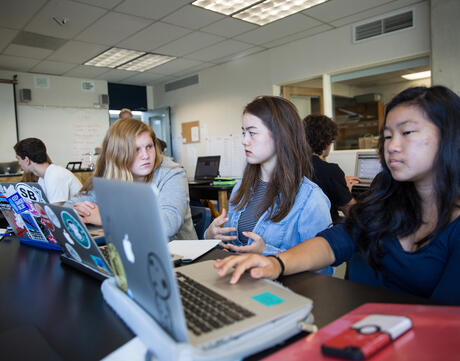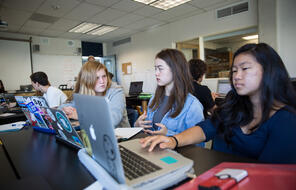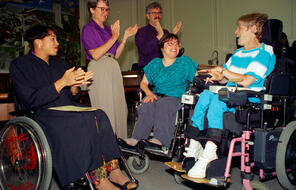
The Ethics of Generative AI in the Classroom
At a Glance
Language
English — USSubject
- Advisory
- English & Language Arts
- Social Studies
Grade
6–12- Democracy & Civic Engagement
Overview
About this Mini-Lesson
Generative Artificial Intelligence (AI)—such as OpenAI’s ChatGPT and DALL-E—can create original text, audio, and images in response to users’ questions and prompts. These programs can be used to spark students’ learning and creativity, but they can also be used to generate essays, artwork, or other content that students might submit as if it were their own original work. This mini-lesson helps students learn about what generative AI is and consider norms around how it should (or should not) be used in schools. Each activity can be used on its own or taught in any combination best suited to your students.
Activities
Activities
Materials and Downloads
Resources from Other Organizations
Unlimited Access to Learning. More Added Every Month.
Facing History & Ourselves is designed for educators who want to help students explore identity, think critically, grow emotionally, act ethically, and participate in civic life. It’s hard work, so we’ve developed some go-to professional learning opportunities to help you along the way.
Exploring ELA Text Selection with Julia Torres
On-Demand

Working for Justice, Equity and Civic Agency in Our Schools: A Conversation with Clint Smith
On-Demand

Centering Student Voices to Build Community and Agency
On-Demand














